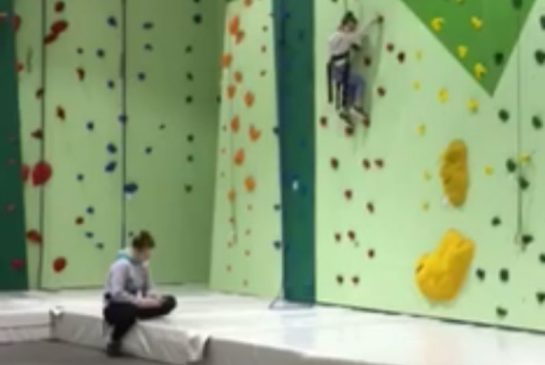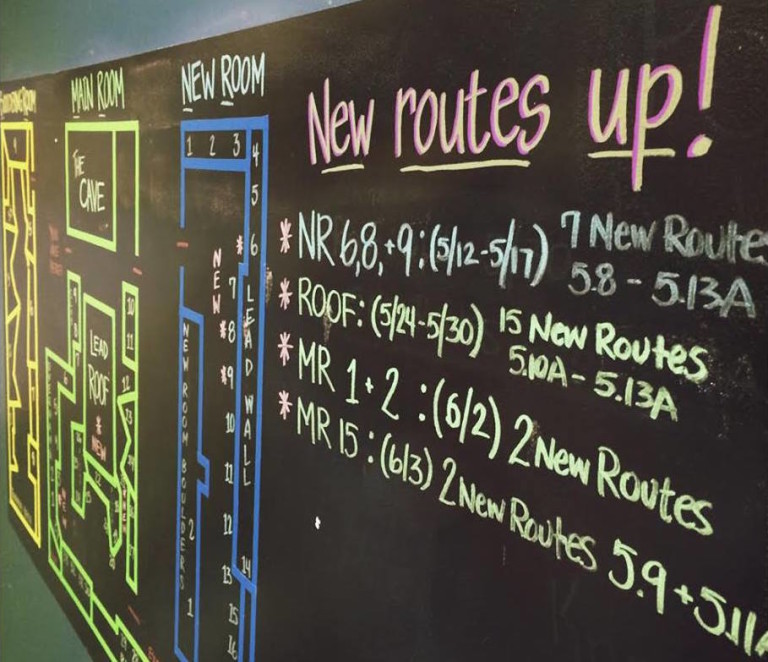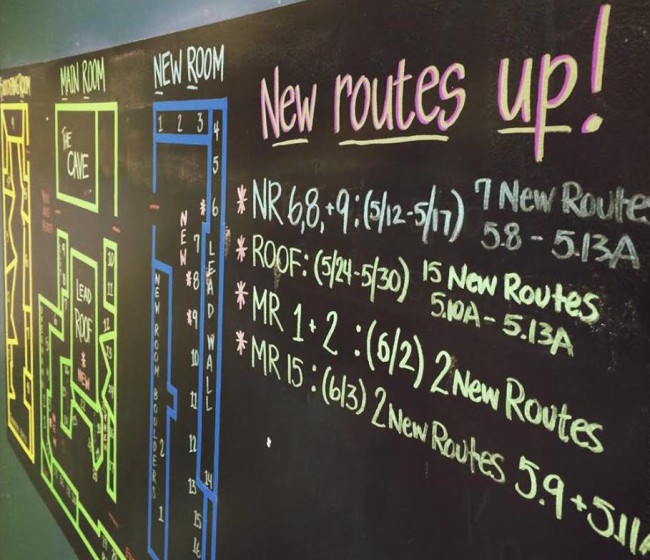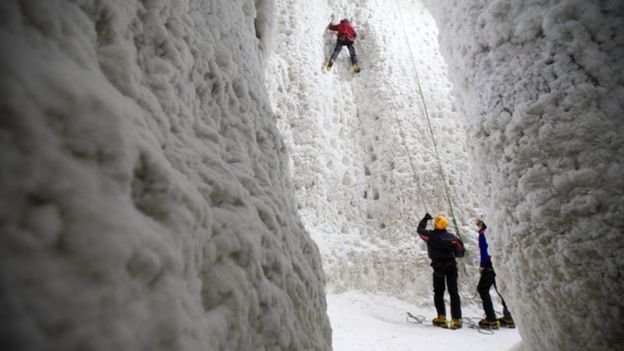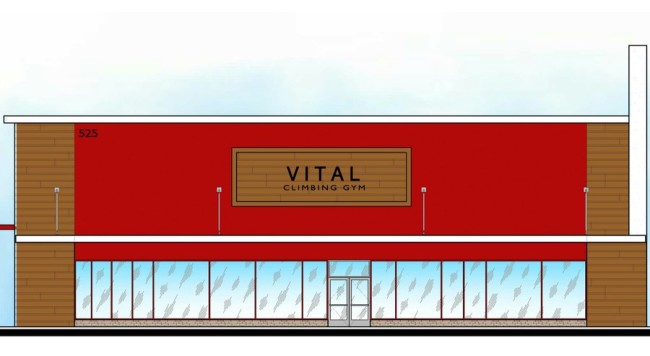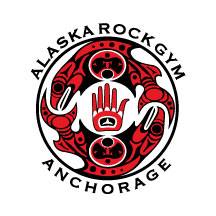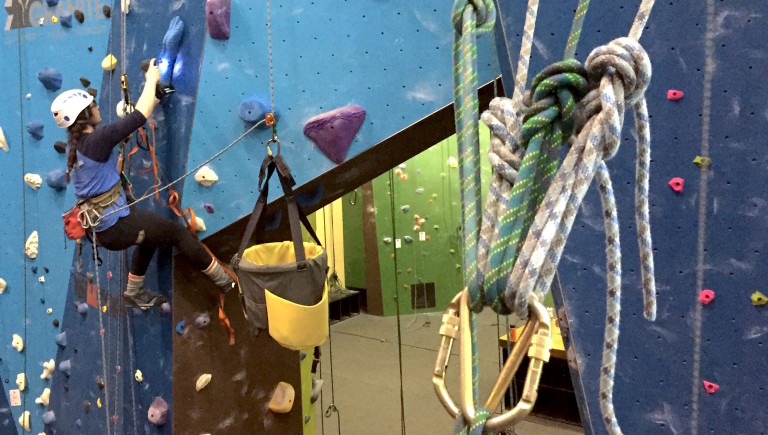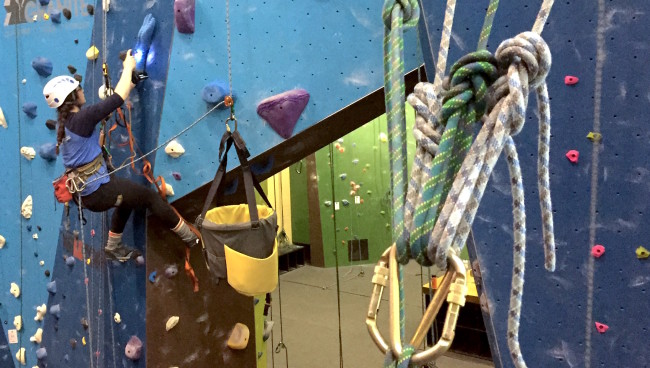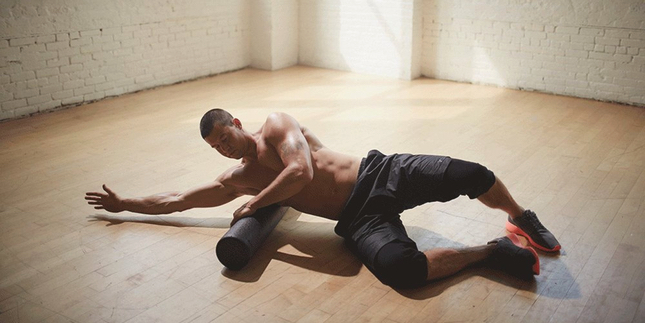 The state of Washington is hot right now! Compared to any other state in the US, the Evergreen state is experiencing a mini gym rush. Five gyms are planned or in the works, making climbing gym operators of Washington the busiest in the country. These entrepreneurs are even beating out other historically active states like New York, Colorado and even California.
The state of Washington is hot right now! Compared to any other state in the US, the Evergreen state is experiencing a mini gym rush. Five gyms are planned or in the works, making climbing gym operators of Washington the busiest in the country. These entrepreneurs are even beating out other historically active states like New York, Colorado and even California.
Central
Most of the development is taking place on the western side of the Cascades except for the folks behind Riverfront Rock Gym, in Wenatchee, WA, which lies on the eastern front near the bouldering paradise of Leavenworth.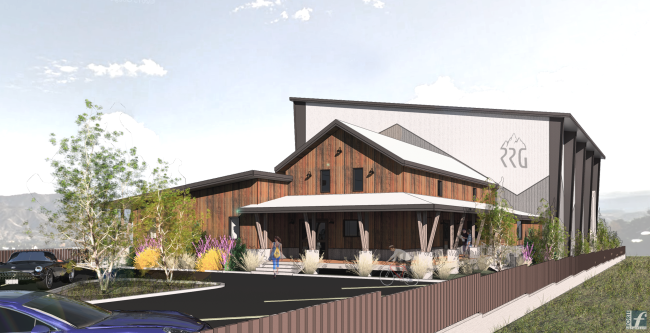 Central Washington has several colleges and universities that have rec center climbing walls. But what makes Riverfront unique is that it is the only commercial climbing facility in the vast, nearly 300 mile-wide section of the state that lies between Spokane on the east and Seattle on the west.
Wenatchee has a relatively small population of 32,701, but is the second largest city in central-northern Washington (the largest, Yakima, has about 93,000).
The Riverfront developers are taking an old barn and turning it into a 10,000 square foot climbing facility with 10,000 square feet of climbing surface. Read more about it on CBJ.
Central Washington has several colleges and universities that have rec center climbing walls. But what makes Riverfront unique is that it is the only commercial climbing facility in the vast, nearly 300 mile-wide section of the state that lies between Spokane on the east and Seattle on the west.
Wenatchee has a relatively small population of 32,701, but is the second largest city in central-northern Washington (the largest, Yakima, has about 93,000).
The Riverfront developers are taking an old barn and turning it into a 10,000 square foot climbing facility with 10,000 square feet of climbing surface. Read more about it on CBJ.
The North
The latest gym to announce is Cascade Climbing Center in Bellingham, WA. This new ground-up 15,000 square foot commercial climbing gym will feature 20,000 square feet of climbing surface. Owner Jon Cohn tells CBJ the gym will also have, “Separate spaces for bouldering, kids programs, and top-rope climbing, as well as a national-class lead wall and competition bouldering wall, both facing a full-length mezzanine, allowing a great layout for competitions. Additionally, the facility will have a full 15 meter speed wall, and full training area, including a system wall, hangboards, campus boards, weights, and aerobic machines.”
Seattle Metro
Long-time gym operator, Vertical World is bringing some changes to their operations north of Seattle. In Everett, Vertical World declined to renew a lease on their downtown facility allowing a new operator to take over the space, including the existing climbing walls. Re-named Summit Everett, the new owners will re-open the gym after a much needed modernization and remodeling.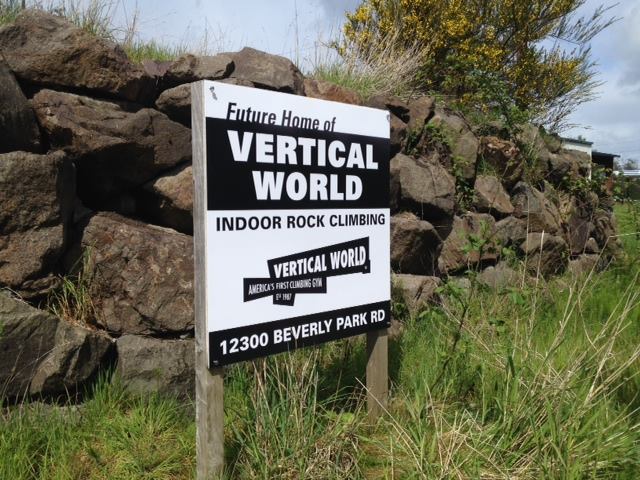
The South
Rounding out the Washington gym spree is the Purdy Fun Climbing center in Lacey, WA near the State capital, Olympia. Last summer CBJ wrote about the new gym and the collaboration that is making it possible.






